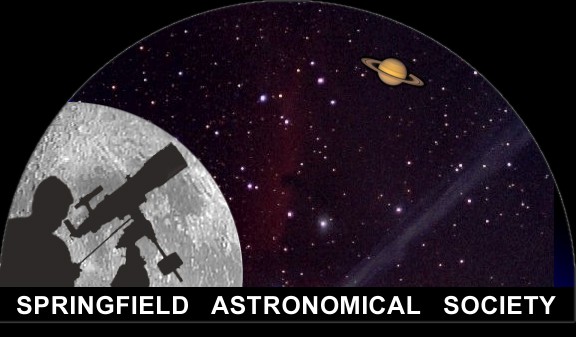11/20/2025
| Member Login: |
SAS Library Telescope Program Information
This site lists free astronomical apps by various types. The point and see planetarium apps are by far the most popular. Other areas include satellite, moon map, weather and planning. These apps have unique features and we recommend trying several.
Planetarium Apps
Planetarium apps display celestial objects by holding your phone to the sky and moving it around. Many allow searching for a specific object, accessing detailed information and changing the date and time of the view. In settings you can specify what to show and how to show it, set the screen to night mode, add the horizon line and much more.
Basic Level:
Intermediate Level
Moon Map and Moon Phase
The moon is one of the prime targets for smaller telescopes. Features such as craters, mountain ranges, rays and mare (lava fields) are easily observed. A moon map can be set to show these features with labels. Zooming the view will enhance it. The moon phase apps allow planning by date.
Satellite Tracking Apps
The ISS Detector app displays upcoming passages to the minute, shows the route across the sky and brightness. The NASA sponsored Spot the Station app is more limited but has an interactive global view. The Live Now app shows real time views from cameras on the space station with occasional communication chatter.
Weather Apps
These apps are designed specifically for astronomy by adding forecasts of transparency and seeing. Transparency is a measure of what you can see despite dust, smoke, haze, humidity or light pollution.. Seeing is a measure of how stable the sky is. These apps update 4 or more times a day and are location specific. Maps of light pollution plus sun and moon rise/set times are added to basic weather forecasts.
Planning Resources
Skymaps.com, gives a monthly view of the constellations across the entire sky plus planets and prominent deep sky objects. It is designed to be printed for field use. The Astronomical League has a monthly map that promotes learning to “star hop” which is finding something new from something you already know. An example is using stars in the big dipper that point to the north star. These two maps are useful to use together
About Us
The Springfield Astronomical Society promotes astronomy through various forms of outreach and public service. Our monthly meetings are the fourth Tuesday of the month at 7:00 pm at the Library Center and are open to anyone. Meetings typically include an educational presentation.
